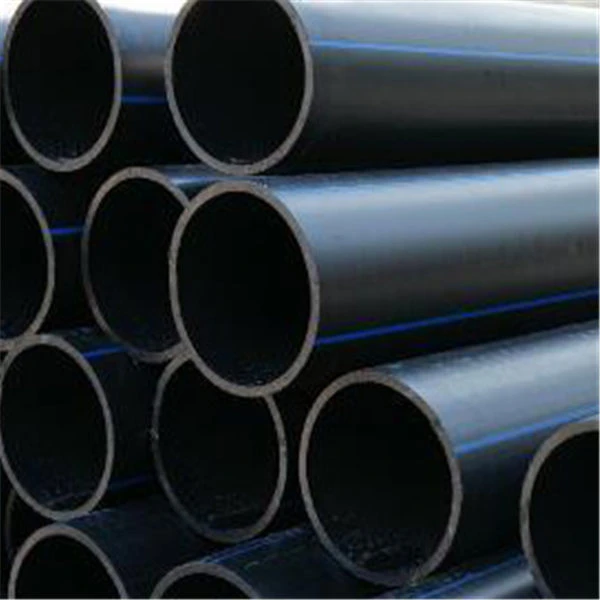Dec . 19, 2024 19:49 Back to list
Exploring Various Types and Uses of Industrial Pipe Fittings for Efficient Connections
The Importance of Industrial Pipe Fittings in Modern Infrastructure
In today's rapidly evolving industrial landscape, the role of pipe fittings cannot be overstated. These essential components facilitate the effective transportation of fluids and gases across various sectors, including manufacturing, oil and gas, water treatment, and construction. This article delves into the significance of industrial pipe fittings, their types, applications, and the factors influencing their selection.
Understanding Pipe Fittings
Pipe fittings are mechanical components used to connect, terminate, or change the direction of piping systems. They ensure the integrity and efficiency of the fluid transport system, preventing leaks and maintaining optimal flow rates. Common materials used for these fittings include stainless steel, carbon steel, copper, PVC, and HDPE, with each material offering distinct advantages based on the specific requirements of the application.
Types of Industrial Pipe Fittings
1. Elbows These fittings allow for changes in the direction of the pipeline. Available in various angles, such as 90 degrees and 45 degrees, elbows help navigate around obstacles and shift flow direction effectively.
2. Tees Tees are used to create a branch in a piping system. They come in equal and reducing sizes, enabling fluid distribution to different sections of the system or connecting smaller pipes to larger ones.
3. Reducers These fittings facilitate the transition between pipes of different diameters. They help manage flow rates and pressure, ensuring that the system operates efficiently without compromising structural integrity.
4. Couplings and Adapters Couplings connect two pipes of the same diameter, while adapters serve to join pipes of different sizes or materials. Both types are crucial for maintaining the continuity of a piping system.
5. Caps and Plugs Used to close off the end of a pipe, caps and plugs are essential for maintaining system integrity during maintenance or when a section of the pipeline is not in use.
Applications of Pipe Fittings
Industrial pipe fittings are ubiquitous in various sectors
- Oil and Gas In the exploration and production of petroleum, robust fittings are required to withstand extreme pressures and corrosive environments. Stainless steel and alloy fittings are commonly employed to ensure reliability.
industrial pipe fittings

- Water Treatment In municipal and industrial water treatment facilities, pipe fittings are crucial for the transportation of treated water to distribution systems. Here, materials resistant to corrosion, such as PVC, are preferred.
- Manufacturing In manufacturing plants, pipe fittings enable the movement of raw materials and products through the production process. Their ability to adapt to different pipe sizes and configurations is essential for efficient operations.
- Construction Within the construction industry, pipe fittings are used extensively in plumbing systems, HVAC installations, and fire suppression systems. Their versatility allows for customized installations based on specific building requirements.
Selecting the Right Pipe Fittings
Choosing the appropriate pipe fittings for a project involves several considerations
1. Material Compatibility The fitting material should complement the type of fluid being transported while resisting corrosion and temperature changes.
2. Pressure Ratings Different applications require fittings that can withstand varying levels of pressure, so it's crucial to select fittings with adequate pressure ratings.
3. Size and Dimensions Proper sizing is critical to ensure a snug fit and optimal flow. Incorrect sizing can lead to leaks or flow restrictions.
4. Regulatory Compliance Many industries are subject to strict regulations regarding materials and installation methods. Ensuring that the selected fittings comply with local codes is critical.
5. Cost and Availability While quality is paramount, budget constraints and the availability of fittings should also be considered during the selection process.
Conclusion
Industrial pipe fittings are vital components that enable the functionality and reliability of various systems across multiple sectors. Their diverse types and materials cater to a wide range of applications, underscoring their importance in modern infrastructure. As industries continue to evolve, the demand for high-quality, efficient pipe fittings will grow, highlighting the need for ongoing innovation and compliance in this essential field. Understanding the nuances of pipe fittings will ensure better performance and longevity in industrial applications, ultimately contributing to safer and more efficient operations.
-
Durable PP Rigid Sheet: Lightweight, Chemical Resistant Solutions
NewsAug.21,2025
-
PVC Grey Sheet for Extraction: Chemical Resistant & Durable
NewsAug.19,2025
-
Durable PVC Pipe Fittings for Plumbing & Irrigation Needs
NewsAug.18,2025
-
HDPE Steel Belt Reinforced Spiral Corrugated Pipe | High Strength
NewsAug.17,2025
-
HDPE Pipe Fittings: Durable, Leak-Proof Solutions
NewsAug.16,2025
-
Premium CPVC Sheet: High-Temp & Chemical Resistant Solutions
NewsAug.15,2025

